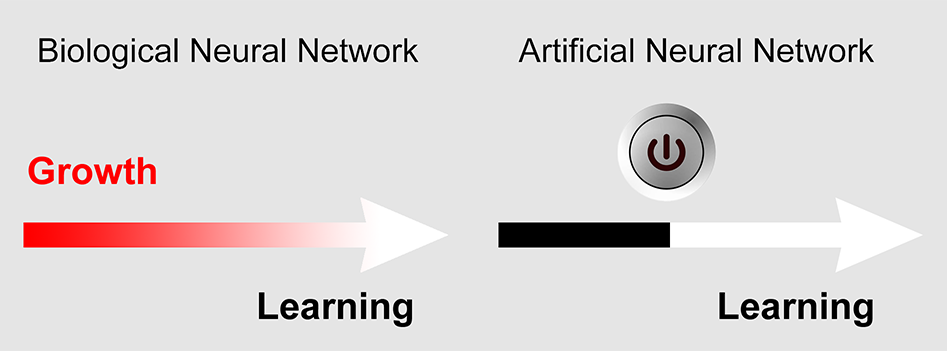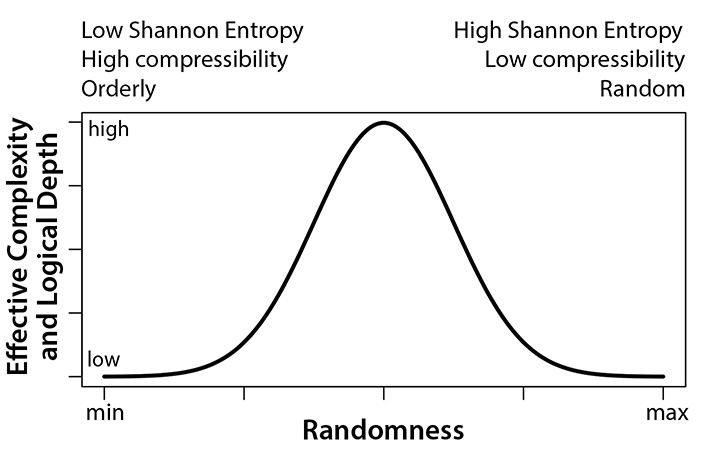
The information content of the brain, i.e. the size of a hard drive it would take for lossless up- and
downloading of information stored in biological neural networks of any size, is unknown. By
contrast, the information content of artificial neural networks that underlie virtually all
contemporary artificial intelligence, is well defined and can be saved on a hard drive in a precise
number of bits. Why has such a number never made sense for biological neural networks? The
number of bits is not simply unknown: just what should be counted or quantified is unknown, too:
a true unknown unknown. In this proposal, we offer two approaches to quantitatively assess the
information content of brain wiring using information theoretical approaches and the Drosophila
brain as a model. First, the assessment of ‘lower boundaries’ of information content based on
quantitative levels of description using Shannon entropy; these levels of description include the
newest connectome data as well as live dynamics measurements from our lab. Second, to
provide an assessment of compressibility, including approximations of logical depth based on
both lossless compression algorithms and lossy decompression of genome-driven developmental
transformations in the fly brain based on live imaging data. Together, these approaches are
devised to provide a quantitative, information theory-based bridge between neurobiology and
artificial intelligence with relevance for both fields and the public debate.

Information encoding in biological and artificial neural networks

Something to chew on: Shannon Entropy, Compressibility,
Randomness, Effective Complexity and Logical Depth
More information in the press, July 16,2025 here.